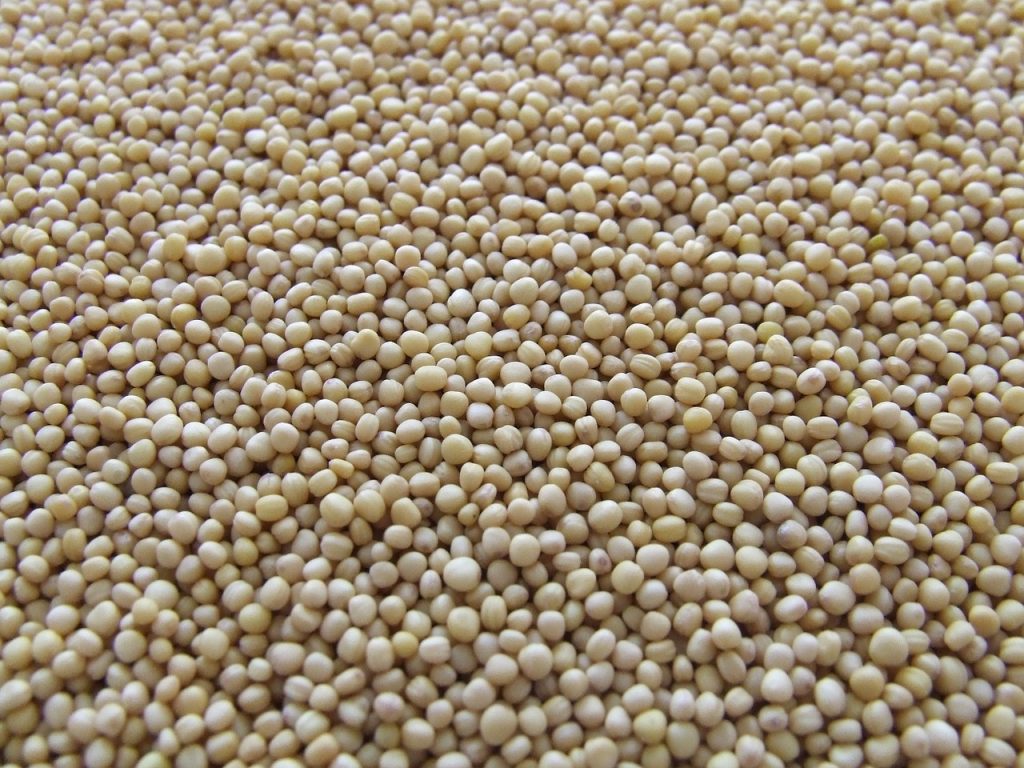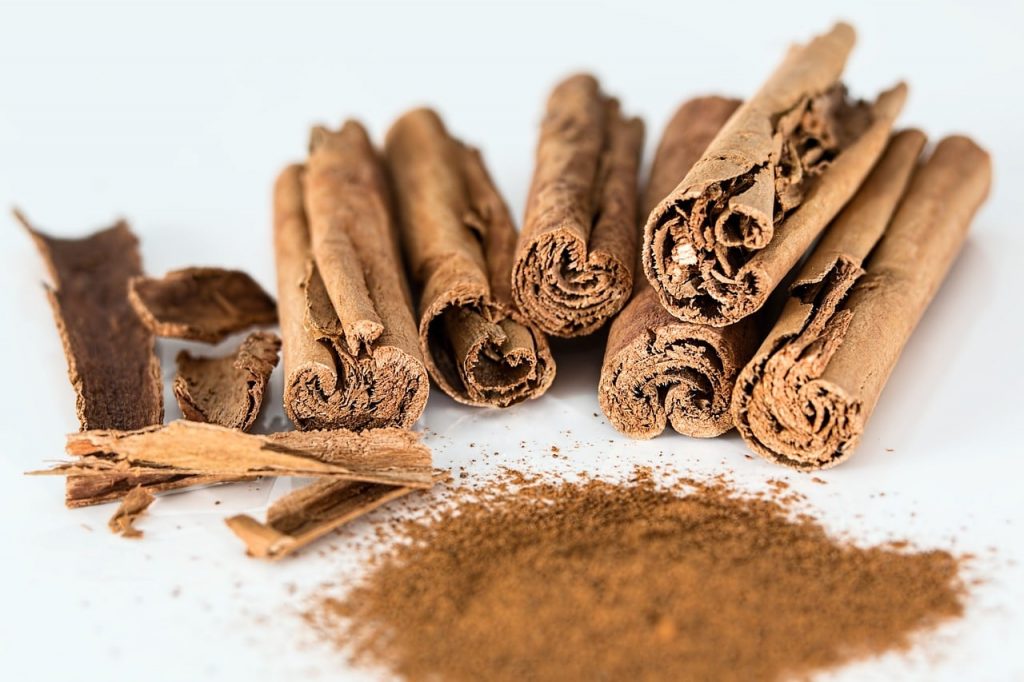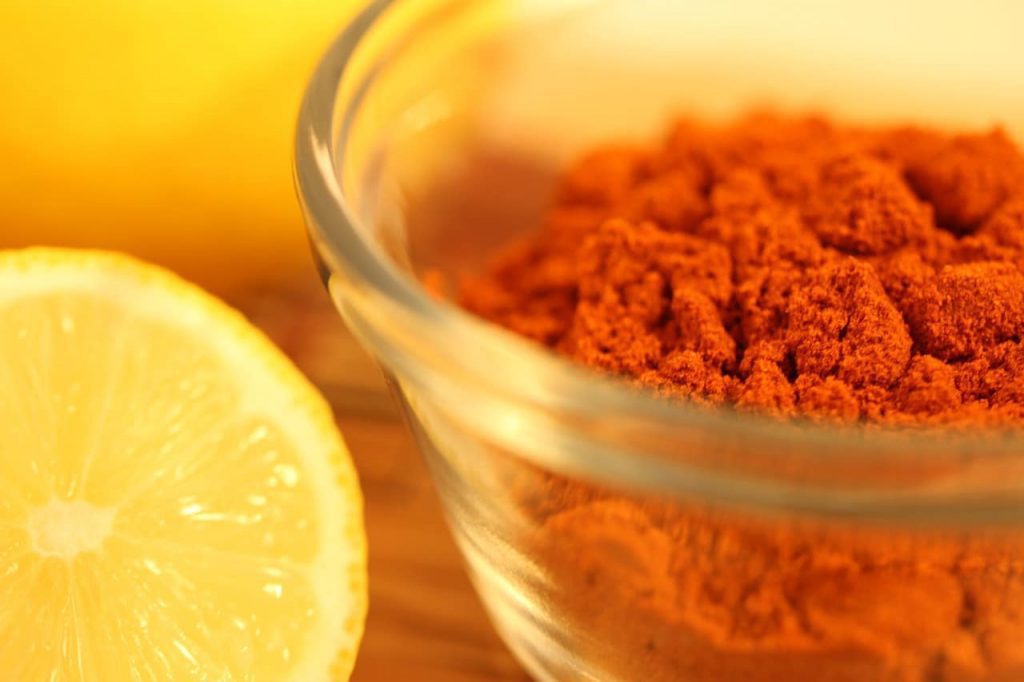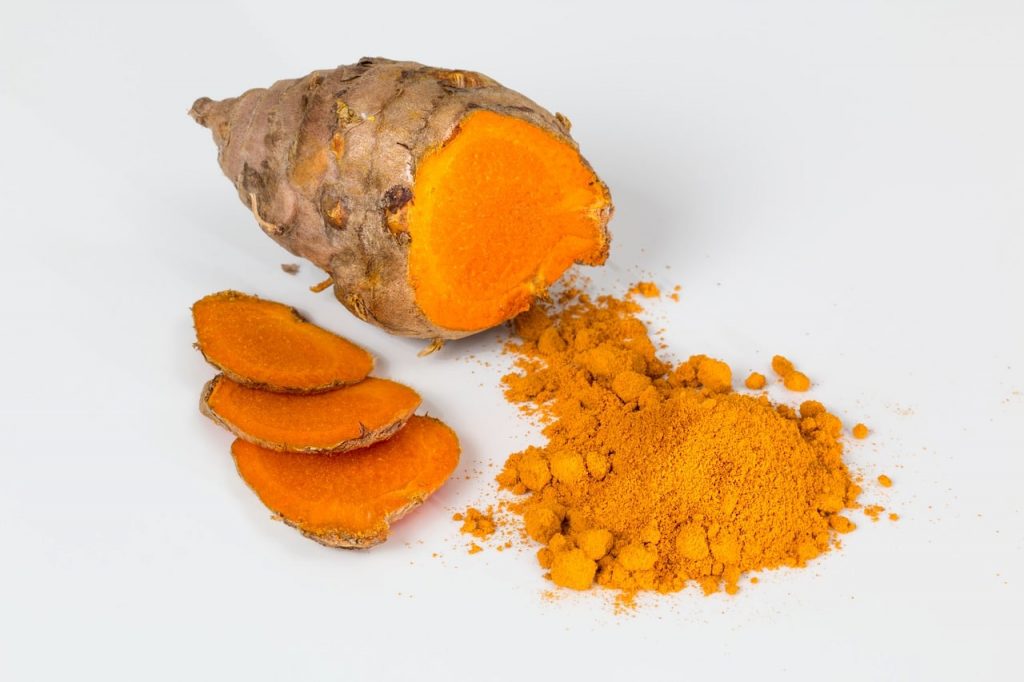Also Read: Turmeric (Golden) Milk Benefits: 10 Healthy Reasons To Drink Up Turmeric Milk
Test For Checking Adulterants In Turmeric
As turmeric is one of the most in-demand spices around the world, its adulteration is a common phenomenon that many manufacturers may resort to. The adulteration in turmeric’s powdered form is higher as compared to its natural form. There are various ways, in which the turmeric powder can get adulterated; in fact, its reasons are common for other spices as well.
- Accidental
- Incidental
However, knowing how turmeric powder is adulterated would not be sufficient for you to know if the packet that you have bought is adulterated or not. Well, fortunately, there is a much better home-based experiment that you can do to find it your product is of high quality. Just follow the steps given below:
- Add a spoonful of turmeric powder in a glass of water.
- Carefully note the reaction of the powder.
- Natural turmeric powder leaves a certain light yellow color after settling down, whereas, an adulterated turmeric powder leaves a strong yellow color in the water while settling down.
Cumin Seeds
Cumin powder is yet another popular spice derived from a flowering plant that is a native of the Middle East and India as well. Ground cumin is known for its very distinctive taste that is a mixture of nutty, earthy, and spicy flavors. With a warm penetrating aroma that has a hint of lemon; cumin is indeed one of the best spices that you can add to make your meal flavorful. However, powdered cumin is as prone to adulteration as turmeric powder, and as for cumin, it can easily contain a few fennel seeds somewhere in the mix.
Related Reading In Herbs & Spices
Benefits Of Nutmeg: 14 Healthy Benefits Of Nutmeg
Cardamom: Top 8 Benefits, Uses And Side Effects That You Should Know
Benefits Of Oregano Oil | Side-Effects | How To Use
How To Use Garam Masala: Recipe & Benefits Of This Warm Blend Of Spices
Test For Checking Adulteration In Cumin
The only way to remove the fennel seeds from cumin is by visual inspection. Take a handful quantity of cumin seeds, and upon close examination, fennel seeds could be extracted. The fennel seeds would appear longer and lighter in color.
Also Read: Health Benefits Of Fennel Seeds (Saunf)
Mustard Seeds
Mustard seeds are often linked with a certain warm-nutty taste with a pungent aroma. These little yellow-colored seeds seek to enhance your meal’s overall taste and impart a more appetizing aroma. A certain quantity of mustard seeds can have a few argemone seeds present as adulterants. It is a common practice followed by many manufacturers as both of these seeds look very similar.

Test For Checking Adulteration In Mustard Seeds
The way of checking for adulteration in mustard seeds is to observe them closely. Mustard seeds tend to have a certain light tone of yellow pigments and are much lighter in appearance as opposed to argemone oil, which is instead darker.
Cinnamon
With a golden-yellow color, cinnamon has a very hot aromatic taste that is also distinctive and difficult to replicate. As it ages, with the help of a reaction with oxygen, cinnamon turns darker in color. Cinnamon would be the only condiment that can be used as a flavoring additive in a wide variety of cuisines, including sweets.

Also Read: Benefits Of Cinnamon: 12 Healthy Benefits Of Cinnamon (Dalchini)
Test For Checking Adulteration In Cinnamon
Cinnamon is usually mixed with cassia bark, which has a similar color and texture as the spice itself. However, upon close examination, these adulterants can be easily visible. Cassia bark has more layers and a different aroma altogether.
Chili Powder
Chilli powder is a mixture of various other condiments that are used for adding a spicy-twist to your meal. On the other hand, as it is a combination of different powdered spices, chili powders from different manufacturers can have different tastes, which makes it quite tough to find adulterants present in it.

Also Read: Substitute For Chili Powder
Test For Checking Adulteration In Chili Powder
The main adulterant that is added to a chili powder is red food coloring, which often makes it appear more genuine. However, to test if your packet is adulterated with this adulterant, you have to follow the same procedure as that of turmeric. Add a pinch of chili powder in a glass of water and note its dispersion. If it is adulterated with food coloring, it will change the color of the water.
Black Pepper
Black pepper, though not as popular as other spices present in the list, has a certain hot taste that can be associated with it. In addition to its taste-enhancing quality, black pepper is also considered to be a powerful antioxidant and effectively improves digestion.
Also Read: Green Peppercorn | Cayenne Pepper Substitute
Test For Checking Adulteration In Black Pepper
Papaya seeds are a very common adulterant present in a packet of black peppercorns. However, the process of separating them could be considered easy. All you have to do is add a handful of black pepper over water, as the papaya seeds are much heavy, they sink, whereas the black pepper will continue to float.
Hing (asafoetida)
Though hing has a pungent flavor, when cooked in dishes it produces a rather smooth taste. As a condiment, hing is a very popular flavor in Indian cuisine and is often considered to be good for aiding indigestion. In its pure form, it is solid that contains a few chunks of resins. Its smell is so strong that it can contaminate other spices that are kept close.
Test For Checking Adulteration In Hing
Before we talk about how you can find the adulteration in hing, you need to note that hing itself can act as an accidental adulterant for other species if they are kept close. However, as for hing itself, you have to burn it to see if it is pure or not. Take a spoonful of hing and carefully heat it. A pure product would burn like camphor, whereas an adulterated product would not produce bright flames.
The checking of adulterants in your spices must be a common practice among our households, as it would ensure that you buy good quality and pure products. Especially for cuisines that heavily depend on spices for their taste and aroma, these practices would result in the overall satisfaction of every customer.





